 The West Semitic Research Project in cooperation with the Oriental Institute are producing very high-quality electronic images of nearly 700 Aramaic administrative documents discovered in Iran. These clay tablets – in which the Aramaic texts were incised in the surface with styluses or inked on the tablets with brushes or pen – form one of the largest groups of ancient Aramaic records ever found.
The West Semitic Research Project in cooperation with the Oriental Institute are producing very high-quality electronic images of nearly 700 Aramaic administrative documents discovered in Iran. These clay tablets – in which the Aramaic texts were incised in the surface with styluses or inked on the tablets with brushes or pen – form one of the largest groups of ancient Aramaic records ever found.
They are part of the Persepolis Fortification Archive, an immense group of administrative documents written and compiled about 500 B.C. at Persepolis, one of the capitals of the Achaemenid Persian Empire. Archaeologists from the Oriental Institute discovered the archive in 1933, and the Iranian government has loaned it to the Oriental Institute since 1936 for preservation, study, analysis and publication.
The Persepolis texts have started to provide scholars with new knowledge about Imperial Aramaic, the dialect used for international communication and record-keeping in many parts of the Assyrian, Babylonian and Persian empires, including parts of the administration at the imperial court of Persepolis. These texts have an even greater value because they are so closely connected with documents written in other ancient languages by the same administration at Persepolis.
No serious treatment of the empire that Cyrus and Darius built and that Alexander destroyed can ignore the perspectives of the Fortification Archive.
“We don’t have many archives of this size. A lot of what’s in these texts is entirely fresh, but this also changes what we already knew,” said Annalisa Azzoni, a specialist on ancient Aramaic and now working with the Persepolis Fortification Archive Project at the Oriental Institute. “There are words I know were used in later dialects, for example, but I didn’t know they were used at this time or this place, Persia in 500 BC. For an Aramaicist, this is quite an important discovery.”
Clearer images delivered more quickly
Scholars from the West Semitic Research Project at the University of Southern California helped the Persepolis Fortification Archive Project build and install an advanced electronic imaging laboratory at the Oriental Institute. Together, the two projects are making high-quality images of the Aramaic texts and the seal impressions associated with those texts. They are distributing the new images to the international research community through the Internet.
Inked and incised texts pose different problems that call for different imaging solutions. Making high-resolution scans under polarized and filtered light reveals the ink without interference from stains and glare, and sometimes shows faded characters that cannot be seen in ordinary daylight. Using another advanced imaging technique, called Polynomial Texture Mapping, researchers are able to see surface variations under variable lighting, revealing the marks of styluses and even the traces of pens in places where the ink itself has disappeared.
Distributing the results online will give worldwide communities of philologists and epigraphers images that are almost as good as the original objects – and in some cases actually clearer than the originals – to study everything from vocabulary and grammar to the handwriting habits of individual ancient scribes.
Technicalities to seeing the whole picture
The Polynomial Texture Mapping apparatus looks a bit like a small astronomical observatory, with a cylindrical based topped by a hemispherical dome. The camera takes a set of 32 pictures of each side of the tablet, with each shot lit with a different combination of 32 lights set in the dome.
After post-processing, the PTM software application knits these images to allow a viewer sitting at a computer to manipulate the apparent direction, angle and intensity of the light on the object, and to introduce various effects to help with visualization of the surface.
“This means that the scholar isn’t completely dependent on the photographer for what he sees anymore,” said Bruce Zuckerman, Director of the West Semitic Research Project and its online presence, InscriptiFact. “The scholar can pull up an image on the screen and relight an object exactly as he wants to see it. He can look at different parts of the image with different lighting, to cast light and shadow across even the faintest, shallowest marks of a stylus or pen on the surface, and across every detail of a seal impression.”
“This is a wonderful way to look at seal impressions,” said Elspeth Dusinberre, another Persepolis Fortification Project collaborator. Dusinberre, an associate professor of classics at the University of Colorado, is studying the imagery and the use of seals impressed on the Aramaic tablets. “Some of the impressions are faint, or incomplete, on curved surfaces or damaged surfaces. Sometimes Aramaic text is written across them. You need to be able to move the light around to highlight every detail, to see the whole picture.”
The Persepolis Fortification Archive also includes about 10,000 to 12,000 other tablets and fragments with cuneiform texts in Elamite – a few hundred of them with short secondary texts in Aramaic. There are also about 4,000 to 5,000 others with impressions of seals, but no texts, and there are a few unique documents in other languages and scripts, including Greek, Old Persian and Phrygian.

“That’s what makes this group of Aramaic texts so extraordinary,” Stolper said. “From one segment of the Persepolis Fortification Archive, the Elamite texts, we know a lot about conditions around Persepolis at about 500 B.C. When we can add a second stream of information, the Aramaic texts, we’ll be able to see things in a whole new light. They add a new dimension of the ancient reality.”
Impacts are far-reaching
To date, the teams have made high-quality images of almost all the monolingual Aramaic Fortification tablets. The next phase of the work will make images of the short Aramaic notes written on cuneiform tablets, seal impressions on uninscribed tablets and previously unrecorded Elamite cuneiform texts.
The tablets have been studied since they came to Chicago in 1936, and many of them have been sent back to Iran. Oriental Institute scholar Richard T. Hallock published about 2,100 of the Elamite texts in 1969, and Margaret Cool Root and Persepolis Fortification Archive Project collaborator Mark Garrison are completing a three-volume publication of the impressions made on those documents by about 1,500 distinct seals.
These publications have had far-reaching results. “They have transformed every aspect of modern study of the languages, history, society, institutions, art and religion of the Achaemenid Persian Empire,” Stolper said. “No serious treatment of the empire that Cyrus and Darius built and that Alexander destroyed can ignore the perspectives of the Fortification Archive.”
“If that is the effect of a sample of one component of the archive,” added Garrison, “imagine what will happen when we can have larger samples and other components, and not just the written record, but the imagery, the impressions made by thousands of different seals that administrators and travelersthe men and women who figure in the textsemployed.”
By 2010, the collaborating teams expect to have high-quality images of 5,000 to 6,000 Persepolis tablets and fragments, and to supplement these with conventional digital images of another 7,000 to 8,000 tablets and fragments. The images will be distributed online as they are processed, along with cataloging and editorial information.
“Thanks to electronic media, we don’t have to cut the parts of the archive up and distribute the pieces among academic specialties,” said Stolper. “We can combine the work of specialists in a way that lets us see the archive as it really was, in its original complexity, as one big thing with many distinct parts.”
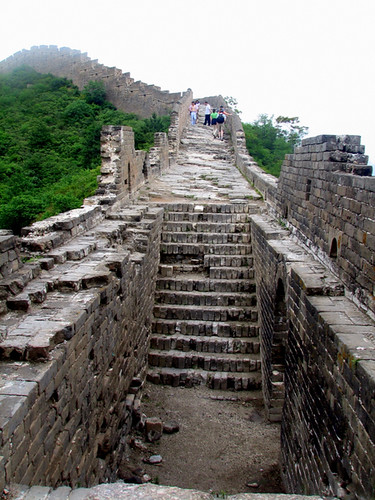 Ruinsfrom a Han Dynasty (206 BC to 220 AD) cityhave been discovered in Wuyuan County, Hetao Plain, Chinas Inner Mongolia. Its said that the scale of the city ruins is rarely seen in Hetao Plain. In a mean while, the gold mining company is been investigated over irreparable damage done to 100 metersof theGreat Wall in their quest for the precious metal.
Ruinsfrom a Han Dynasty (206 BC to 220 AD) cityhave been discovered in Wuyuan County, Hetao Plain, Chinas Inner Mongolia. Its said that the scale of the city ruins is rarely seen in Hetao Plain. In a mean while, the gold mining company is been investigated over irreparable damage done to 100 metersof theGreat Wall in their quest for the precious metal.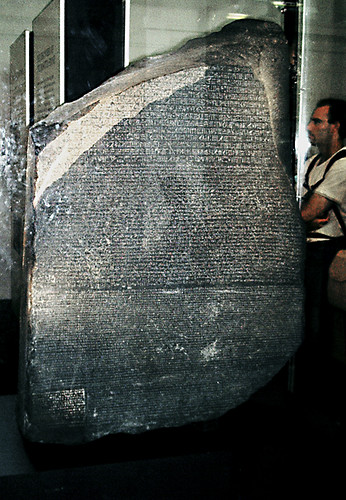
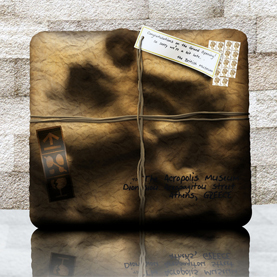
 When visiting King Tutankhamun’s tomb – or its virtual counterpart King Tut Virtual – did you ever notice the strange brown spotson the wall paintings? They
When visiting King Tutankhamun’s tomb – or its virtual counterpart King Tut Virtual – did you ever notice the strange brown spotson the wall paintings? They  ‘Reclaiming King Arthur’ -avideo produced by the University of Wales, Newport, aims to bring to life the legend of King Arthur, by examining historic evidence and the literary tradition which points to Gwent as the home of this famous character as well as to introduce an international audience to the history of this South Wales site.In thevideo –
‘Reclaiming King Arthur’ -avideo produced by the University of Wales, Newport, aims to bring to life the legend of King Arthur, by examining historic evidence and the literary tradition which points to Gwent as the home of this famous character as well as to introduce an international audience to the history of this South Wales site.In thevideo –  Personally, I so much prefer the historical Arthur andIron Age hillforts to the romantic literary King Arthur, and thus also the first part of the ‘Reclaiming King Arthur’video.A great approach to ‘bringing Iron Age ditches back to live in your imagination’- is the simple but very effective two screen setup of the video; one screen shows Dr. Ray Howellguiding us throughthehistorical sitesasthe Lodge Hill Hillfort and the Amphitheatre at Caerleon (King Arthur’s round table and court?) as they are now, whilst in the second screen you get a clear idea of how the place must have looked like in ancient times by the use of maps, plans and illustrations. I wonder if they’d mind if
Personally, I so much prefer the historical Arthur andIron Age hillforts to the romantic literary King Arthur, and thus also the first part of the ‘Reclaiming King Arthur’video.A great approach to ‘bringing Iron Age ditches back to live in your imagination’- is the simple but very effective two screen setup of the video; one screen shows Dr. Ray Howellguiding us throughthehistorical sitesasthe Lodge Hill Hillfort and the Amphitheatre at Caerleon (King Arthur’s round table and court?) as they are now, whilst in the second screen you get a clear idea of how the place must have looked like in ancient times by the use of maps, plans and illustrations. I wonder if they’d mind if 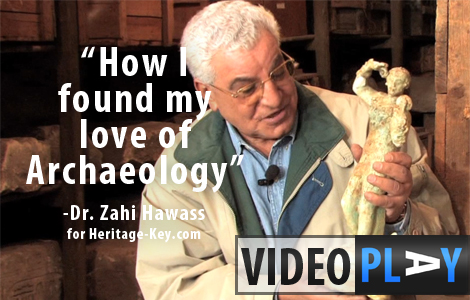
 The West Semitic Research Project in cooperation with the Oriental Institute are producing very high-quality electronic images of nearly 700 Aramaic administrative documents discovered in Iran. These clay tablets – in which the Aramaic texts were incised in the surface with styluses or inked on the tablets with brushes or pen – form one of the largest groups of ancient Aramaic records ever found.
The West Semitic Research Project in cooperation with the Oriental Institute are producing very high-quality electronic images of nearly 700 Aramaic administrative documents discovered in Iran. These clay tablets – in which the Aramaic texts were incised in the surface with styluses or inked on the tablets with brushes or pen – form one of the largest groups of ancient Aramaic records ever found.

 Ancient choices made by Egyptians digging burial tombs may have led to today’s problems with damage and curation of these precious archaeological treasures, but photography and detailed geological mapping should help curators protect the sites, according to a
Ancient choices made by Egyptians digging burial tombs may have led to today’s problems with damage and curation of these precious archaeological treasures, but photography and detailed geological mapping should help curators protect the sites, according to a  When it does rain in the area, water enters the fracture traces and runs through the zones of fracture. Because so many of the tombs are located on the traces, the water runs into the tombs destroying wall and ceiling paintings and causing the tomb surfaces to spall or flake off. Even if archaeological curators divert water away from the entrances of known tombs, they may be directing the water to currently undiscovered tombs and flooding them.
When it does rain in the area, water enters the fracture traces and runs through the zones of fracture. Because so many of the tombs are located on the traces, the water runs into the tombs destroying wall and ceiling paintings and causing the tomb surfaces to spall or flake off. Even if archaeological curators divert water away from the entrances of known tombs, they may be directing the water to currently undiscovered tombs and flooding them. For the last two years,
For the last two years, 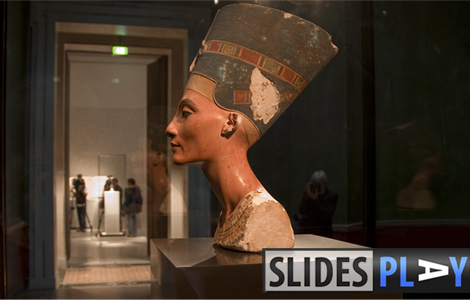

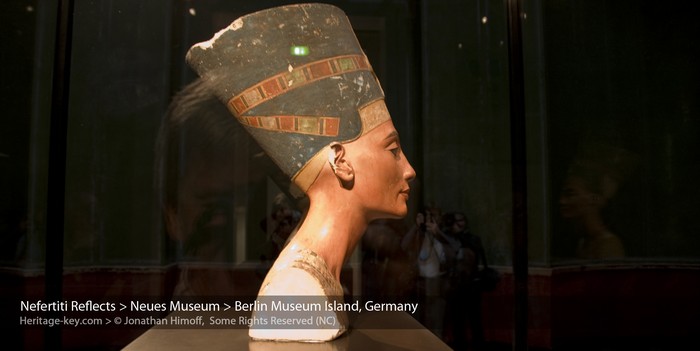
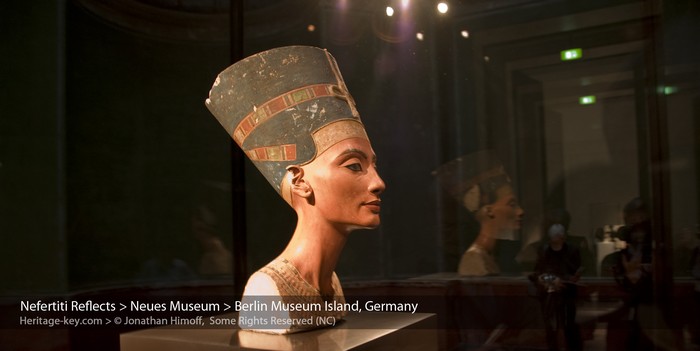
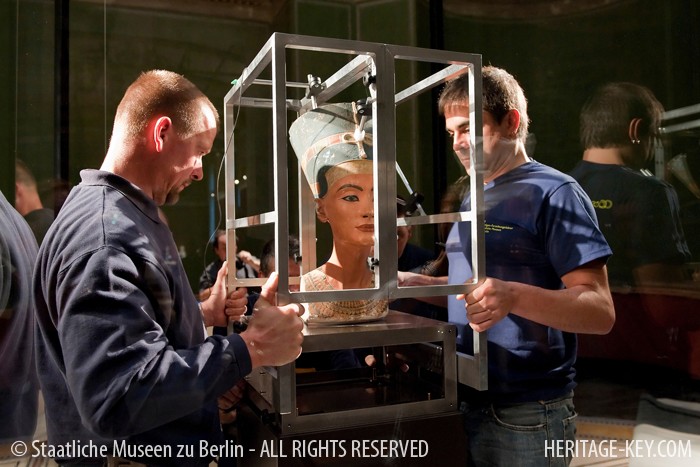
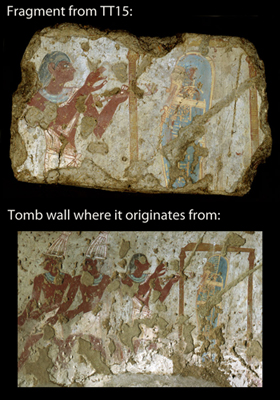 It doesn’t happen all that often that the battle over ‘mere tomb paintings’ makes headline news – why would they, when they have the highly debated return of the Elgin Marbles to the Acropolis Museum to write about? But the whole world was shocked last week,
It doesn’t happen all that often that the battle over ‘mere tomb paintings’ makes headline news – why would they, when they have the highly debated return of the Elgin Marbles to the Acropolis Museum to write about? But the whole world was shocked last week,